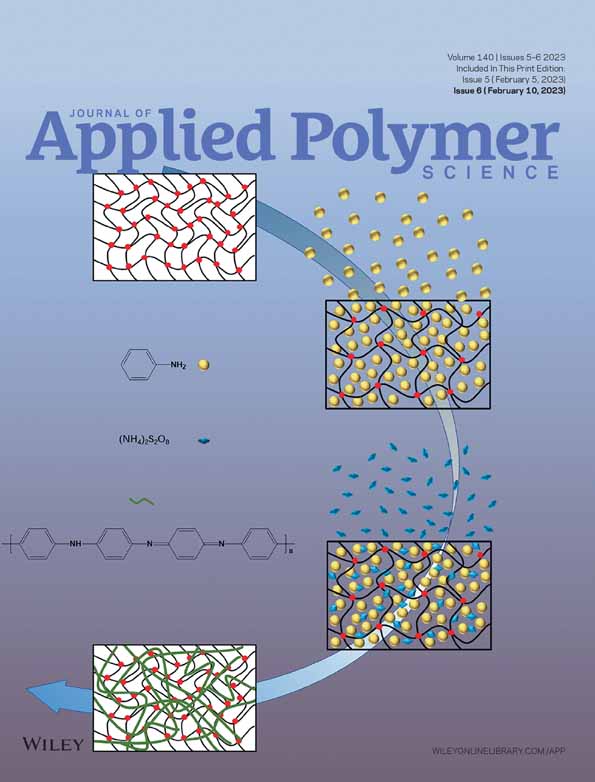Synthesis of octavinyl polyhedral oligomeric silsesquioxane (ovi-POSS) based organic/inorganic hybrid resin microspheres for rapid and efficient oils absorption
Abstract
In this work, a hybrid nanocomposite of poly(styrene-co-butyl acrylate-co-dodecyl acrylate) and octavinyl polyhedral oligomeric silsesquioxane (ovi-POSS) was synthesized by suspension polymerization and the composite resin was characterized by Fourier transform infrared, scanning electron microscopy energy-dispersive spectrometer and thermal gravimetric analysis. The effects of ovi-POSS content on the oil absorbency of hybrid composite resin were investigated. The results indicated that the maximum saturated oil absorption rate of sample PSBLA/ovi-POSS-1 with 1 wt% ovi-POSS content toward four oils and organic solvents (toluene, xylene, gasoline, and diesel) are, respectively, 20.51, 18.56, 12.48, and 7.03 g g−1, and the process taken just about 5 min. The absorption kinetic model fitting proved that the adsorption behavior of the four oils on PSBLA/ovi-POSS-1 resin microspheres was dominated by the physical adsorption. Besides, PSBLA/ovi-POSS-1 has good oil retention rate (stay over 95% after centrifuging at 3000 rpm for 5 min) and reusability (for 12 times). These excellent oil absorption performances are attributed to the loose network structure of the composite resin. The rapid and efficient oils absorption properties give the composite resin potential practical applications in many areas.
Open Research
DATA AVAILABILITY STATEMENT
The data that support the findings of this study are available in the supplementary material of this article.




